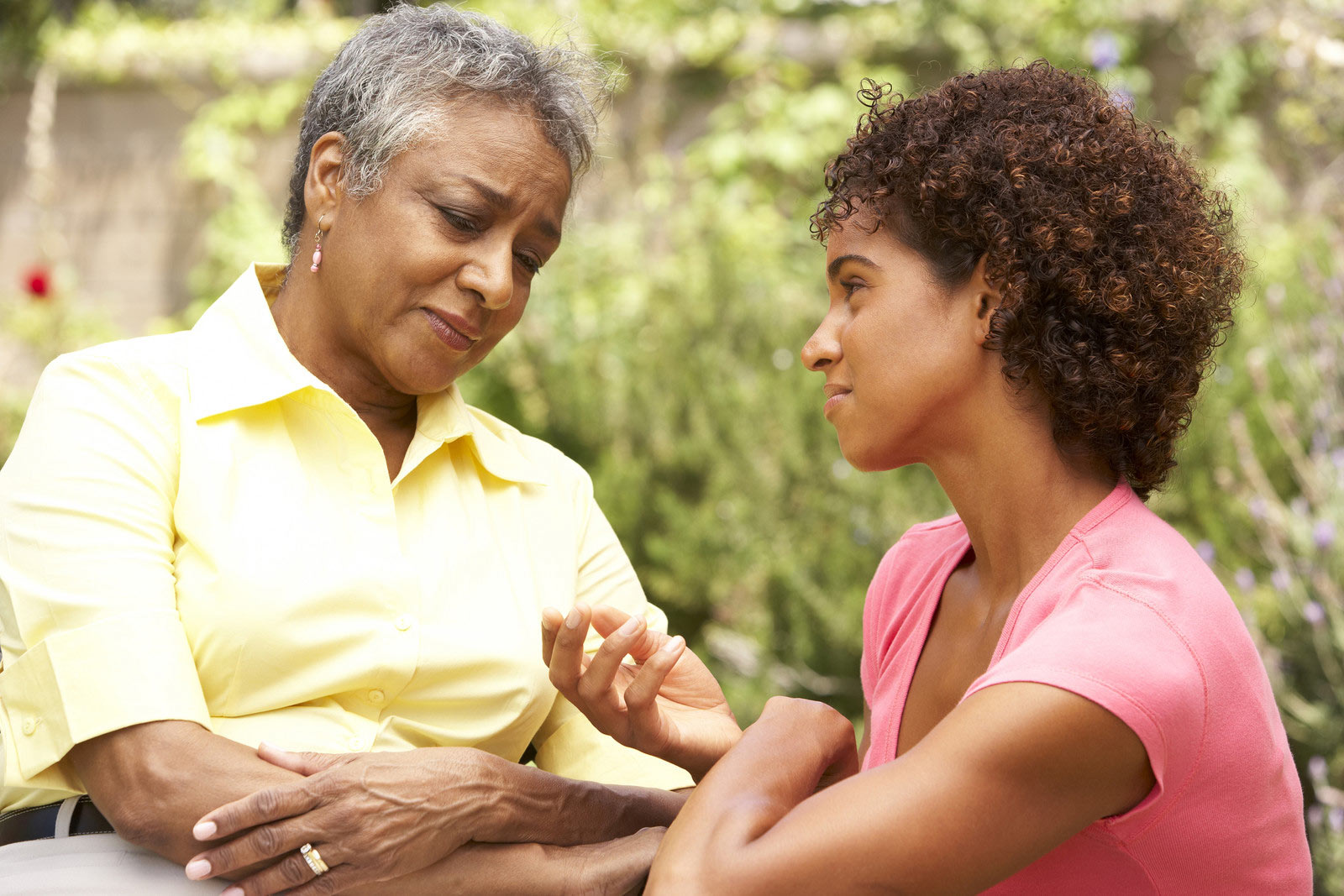Retirement is a milestone that people often look forward to. After all, your golden years are a time to finally reap the fruits of your labor and take things easy. When we retire, we dream of doing things that we never had the time for before and having the freedom to be more independent in making choices like travel, items on our bucket list, new hobbies and adventures.
However, these visions of freedom can be challenging when taking into consideration your health, finances, activities, home upkeep and maintenance, lifestyle, etc. This year has presented another challenge for all of our seniors, and for those who may experience mobility and health challenges- isolation, despair, depression, and fear, even worse. The fear in our seniors and families have created even more health risks due to the COVID-19 virus.
Now that the vaccine is available and our seniors and care providers are the number one priority in receiving it, we can breathe a sigh of relief that things are returning back to a new normal. Spring is upon us, and with it, many families take the time to do spring cleaning, home organization and embrace new opportunities. It’s often also the time where families who come in to help their parents with Spring chores may see the signs of what living alone and isolated has created in their loved ones’ lives. Likely there may be signs that things aren’t always as they seem, and that help may be needed. (We have a family assessment tool on our home page to help you determine a baseline to start.)
Naturally, through this time family members and seniors have been looking for alternative options to senior living communities in the hopes of finding another option without sacrificing the comforts found in senior care environments, because of the risks of exposure to the pandemic. Yes, staying at home is an option, so let’s explore the differences:
Aging in Place
Multiple polls, including one conducted by the American Community Survey, reveal that over 40% of seniors prefer to “age in place”. The familiarity and independence that comes with the territory is a big factor in this decision. For most, stepping out into the unknown is not something desirable, even if it means a compromised quality of life. Sure, if your loved one has the proper living space and financial capability that will support living independently over the long term this can be a solution. Bear in mind however, there needs to be several considerations in place.
- Proper home modifications: This likely includes making sure that all living space is on one floor, the bathroom is properly remodeled with non-slip tile, a no-curb walk-in shower, raised toilet seat and grab bars, and enough square footage to accommodate wheelchairs and/or walkers. It also needs to include barrier free entries, potential for accessibility, and access to services, like healthcare, grocery stores, etc. There is an app called SilverSpaces that can help you survey the home to determine if the environment is supportive to aging over the long term.
- Home caregivers can come to your home to assist with activities of daily living, like bathing, dressing, grooming, toileting, medication management, light housekeeping and more, and it also comes with a price. This type of service has to be paid for outside of general health insurance, unless your loved one has met the criteria to be supplemented by financial benefit programs like Aid and Attendance benefits, Medicaid, or Long-Term Care Insurance.
Arguably, Aging in Place is one of the more attractive options for many because of the familiarity of staying put in their personal residence, but also it runs the risk of more isolation and non-socialization. In addition, without understanding fully what life would be like in a senior living community it will present a layer of fear of the unknown. Most importantly, isolation can exacerbate symptoms like dementia or Alzheimer’s disease.
Keep in mind:
- Dad staying home and watching TV alone all day is not thriving.
- Mom isolating and avoiding social gatherings because she fears falling or is hard of hearing isn’t thriving either.
- Hanging on to furniture and not eating right is a recipe for disaster for accidents and health concerns
Socialization is a very important factor in keeping the mind active and healthy. Without it, a senior’s health can decline rapidly. Depression can lead to a more careless life- making a senior accident prone, being less mindful about nutrition, grooming and bathing. Do not underestimate its importance.
Another possible issue with aging in place is the difficulty that arises when health problems emerge, if accidents happen, and overall, adding up maintenance for a home, and outlay of costs of home care, if the senior needs assistance with essential daily tasks such as cooking, cleaning, bathing.
The good news is that there seems to be no shortage of options when it comes to getting help at home, but it all comes with a price. Based on home care industry data from ZenBusiness, the sector saw a sizable 3.8% growth in 2020. This option is especially helpful for those who don’t have any family members that are readily available to take care of these needs on a regular basis. Of course, all of these types of services come with a cost.
Senior Living Communities
Since COVID, of course, we understand why families have become fearful of helping a loved one transition into senior living. Instead, with senior loved ones who need care but are still at home families worry daily if “Dad might fall” or “Mom might forget to take her medications.” We understand the concern from families as the pandemic made our seniors most vulnerable.
Yet, today we are optimistic as vaccines have been made available to seniors and healthcare professionals first. Throughout this past year, Senior Living communities have and still follow strict safety COVID protocols. They are also under the watchful eye of state governments. Now, fortunately, they are also able to do more with seniors, which include opening up more activities, the ability to dine together, and soon, outings will be on the horizon!
If your senior loved one is not thriving in their home, there could not be a better time to seek out a senior living option for them. Discover all the safety precautions that are being taken, and remember, there are many variations to senior living communities. What families need to determine really comes down to the senior’s own personal values, preference and budget.
Senior Living can include independent living apartments, assisted living facilities, adult family homes, memory care and skilled nursing facilities.
Adult Family Homes
If you are still concerned about exposing your senior loved one to a large community, in most states living in an Adult Family Home can be a viable option. Here in Washington State, where we are located, there are no more than six residents living in these types of homes, making the environment calming, and a home environment with 24-hour care staff. Each state has different requirements, so check with a good placement advisor or care manager to understand the standards where you live.
Adult Family Homes (AFHs) are private residences. They have live-in staff and can often “specialize” in age groups or specific health issues like Dementia or Alzheimer’s. There are AFHs for military veterans, or according to faith preferences. The great thing is that residents can feel like they are “home” and not feel “institutionalized.”
Where to Start?
There are no cookie-cutter solutions, as they are as unique as the personalities and care requirements of your senior loved one. The best advice is to start the conversation in the best way possible and providing they are able to do so, involve your loved one in the planning as much as possible. can be helpful for those concerned with the transition in these stages of senior care.
As we are emerging from the dark days of the pandemic, you may find that senior living communities are more than willing to provide financial incentives for you as well. There are numerous ways to find the best resources for your family, and we encourage you to reach out to Daphne Davis, to receive free consultation in the process who can help point you in the best direction for you and your family.
Moreover, there are apartments available for residents over the age of 55 that underscore recreation and accessibility. A more expanded version of that is the fully-fledged senior living community, previously explained by Suzanne Newman that offer different types of homes, social events, clubs, and healthcare services. This way, seniors no longer have to worry about upkeep and access to help, while still maintaining their own private area and independence.
The advantage of senior living is tenfold, and if you do the math, it can be the most economical solution for a loved one. Monthly rent will likely include utilities, nutritious and healthy meals, internet, housekeeping, monitoring, activities, numerous amenities, and especially trained staff to keep a caring and watchful eye on your loved one.
Other Considerations
If your loved one is over 55 and needing care but cannot afford it, there are numerous options as well to consider.
Taking Part in PACE – PACE, or the Program for All-inclusive Care for the Elderly is more focused on healthcare than other aspects but covers both basic medical services and emergency care. To be eligible for this program, one must be over 55 years of age, have existing Medicare or Medicaid access, and have state certification that they are in need of nursing home-level care. The National PACE Association provides information on what communities are covered by the program, so anyone looking to apply for it can see if their area is on the list.
Medicaid – Each state in the USA will have a plan to supplement the cost of care with cooperating communities. The laws and qualifications are different in each state, so check out a care advisor to give you a rundown.
Aid and Attendance Benefits – If your senior loved one was a veteran and served just one day during wartime and meets the need of two of the established “activities of daily living” they and their spouse will be eligible for this benefit, which can pay for care, either in home, or for Assisted Living.
Overall, there are a lot of choices that still provide peace of mind for both elders and their caring family members. For more help on navigating major decisions and steps in senior living, and over 60 more categories of later life care check out our Decision Guides here on Answers for Elders.
Exclusively written for ANSWERSforELDERS.com
By: Raynne Jaimie













